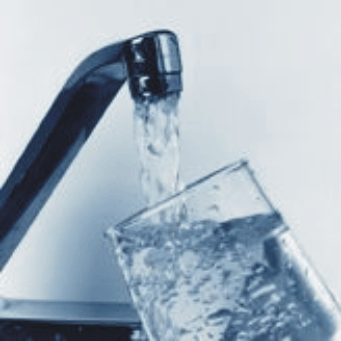by Genesis Pena
In my class, we've been going on about this water project thing for quite some time now, and in all honesty, in the beginning of the project, I thought it'd be beyond boring. Like, look up the word in the dictionary and you'll see this project being mentioned kind of boring. But after we began to make an effort and pay attention in class, I was able to see that this project of ours was actually pretty fun . . . in a way. Things always vary for people when it comes to having fun or finding something interesting, but frankly I thought that over all, this project was somewhat enjoyable.
Before I began this project, I was a pretty chill girl who'd do all of her work in class and not really care about what she was doing or writing. Because of the fact that I am indeed a very oblivious girl, I don't think too hard about things, and I guess that's a good thing at times. But this project was able to open my eyes and help me see what we're doing to our water and trash. Its all kind of funky, really, due to the fact that I tend to stray away from big bodies of water because of my horrid fear of the ocean, but at a safe distance from all of those rivers and junk, I was able to see the sanitation factories and even water treatment facilities, thus helping me gain more knowledge on the subject.
I think one habit of mind that this project involved the most was evidence, because how are you going to support something if you've no evidence on the thing? My mother forces me to watch "Forensic Files", so now I look at everything in a kind of case way sadly. If there are statistics and all of that involved in factories and more, then there will need to be proof behind those stats and evidence as to how that information was created, y'know? And because of statistics and evidence, one will be able to see just how good or bad a water treatment plant or sanitation plant is doing.
I thought the most interesting thing about the project was the guest speakers, actually, because of the fact that I could just chill in class and listen to what an overly educated man or woman had to say. Taking notes wasn't too much of a hassle, and I didn't mind it one bit. I was able to show off my professional aspects to them. But other than that, yes, the quest speakers were wonderful and I liked to give them my respect even though most of the class mates *Cough* Darius *Cough* failed at showing their "mature" side; I'm trollin'. The field trips were indeed interesting in some ways, but on days where I just did not want to go, it turned out that I had to go in order to get a good grade, and Hell we had to walk over a bridge. I am deathly terrified of bridges as well, and to get to our destinations we had to go through such obstacles. I almost fell asleep while standing in one of them, so it was pretty darn boring. But the first trip was pretty interesting since a man was talking about physics and I absolutely love physics. Any ways, guest speakers were most interesting over all.
Well I researched Green Infrastructure NYC to check out what these New Yorkers are really up to when it comes to trying to help out the world and save its water. The Croton Watershed is somewhere up in here in New York and carries lots of water, and so far the people working on it are attempting to clean it up and well, watch over it and prevent it from failing. It carries a lot of sewer water an leads it to the factories where then it becomes purified for us to drink, and well, dude that's all I know so far. I am still trying to figure out more information on this thing because man I've been spacing out lately.
Now that this is finished, I now know a lot of things and this certainly helps out with the four Core Values in the Green School. Sustainable Self, Sustainable Relationship, Sustainable Community and Sustainable Society apply to this because I am now helping out with the water, BrO, and I know what and what not to do when it comes to recycling and such. I can see now that there are many people on this earth who aren't taking this seriously, but I will fight to make a change, because I want to keep living. Not necessarily around all of these corrupt people, but hey, I'm a happy girl and I want to save this world. Well, I will see y'all later.
